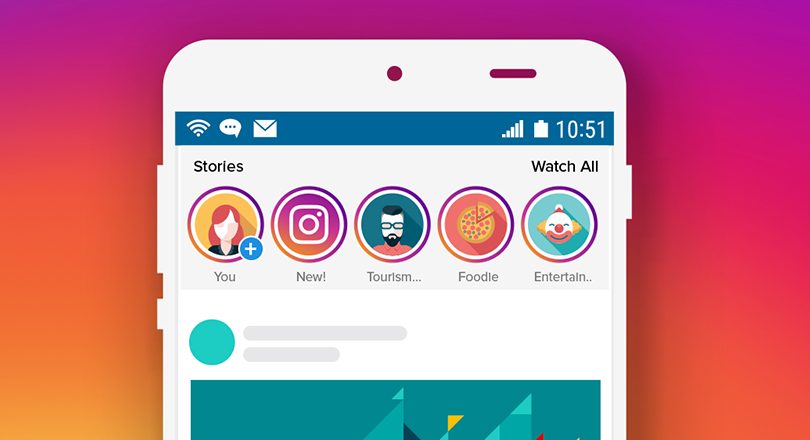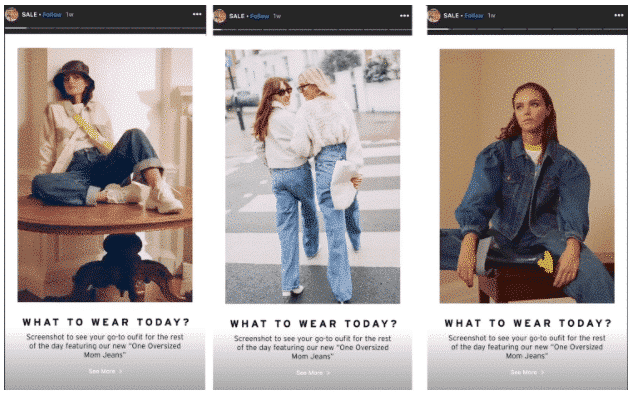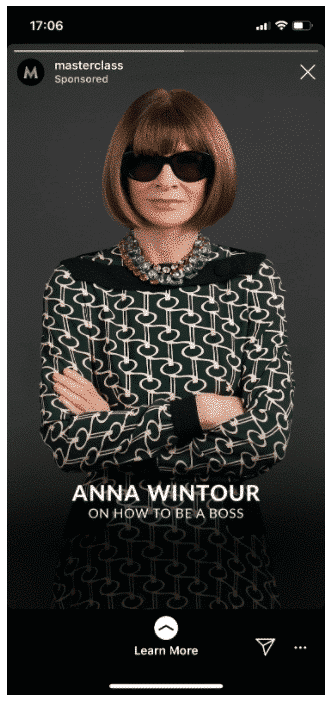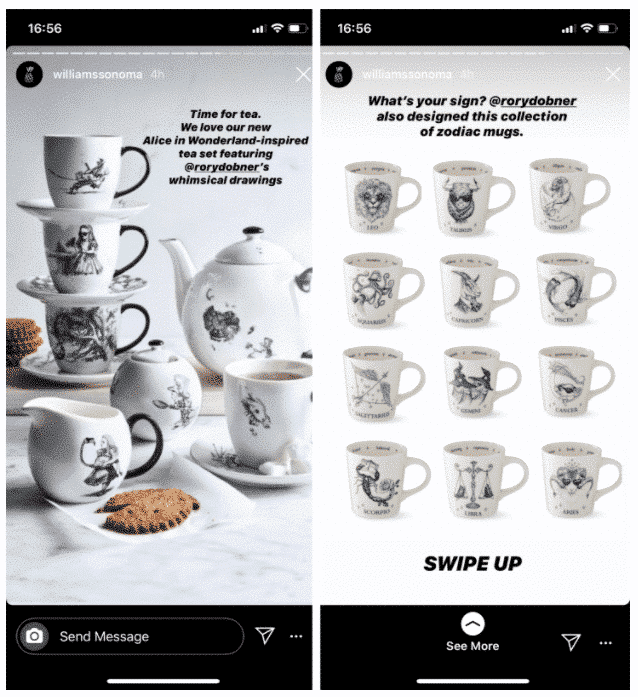If you are using Instagram stories to advertise your business on this platform, here are some necessary tips and tricks that help boost these amazing stories!
Instagram Stories sizes
If you’re designing or editing your Stories on desktop, or uploading a Stories ad to Facebook’s ad manager, then you’ll need to remember these numbers from Facebook:
- Recommended picture ratio: 9:16 (all feed ratios are supported, but this ratio maximizes the Stories format)
- Recommended resolution: 1080×1920 (minimum resolution is 600×1067 with no maximum, though the very high resolution may enhance upload times)
- Maximum file size: 30MB for photos, 4GB for video
- Maximum video duration: 15 seconds (Instagram will split up longer videos)
- Video ads – Maximum video duration: 120 seconds (note that viewers must choose to watch the full thing, so if you’re going lengthy, make it enticing)
- Title-safe area: Leave a 14% title-safe area at the top and bottom (in other words, don’t put text or logos within the top or bottom 250 pixels of the Story, to keep away from overlapping with the app’s interface)
Instagram Stories Tips and tricks
Here are our key greatest practices, along with some best-in-class examples to inspire you.
Nail your brand’s visual identity
Stories are a full-screen immersive experience. Play that up with on-point visuals.
Keep in mind that a consistent visual identity is without doubt one of the ranking elements that Instagram says is essential if you want to land your Story on the Explore page. It’s also a keystone in nurturing a relationship with your audience: they need to acknowledge your style before they read your username.
Using consistent colors, fonts, approved gifs, and Instagram Stories templates are an excellent start on this journey. If you have the resources, you might need to maintain a full-blown style guide to keep your brand’s tone unified (and your team on the same page).
And even when you don’t have a design team (or a visual arts degree) up your sleeve, there are many Stories-focused design apps to help you level up for this significant point.
Use multiple fast-paced scenes, especially in video Stories
Photos appear for 5 seconds on Stories, and videos stay up to 15. However, I can’t believe I’m typing this when it comes to Instagram Stories that can feel like an eternity.
Keep your audience’s attention by using a couple of “scenes” in your individual Stories, and especially your Stories ads. This may be so simple as changing the angle or background color on your product shot, or you can begin taking notes from your favorite music video director.
And keep them snappy. According to a 2018 study from Facebook IQ, top-performing Stories ads have an average scene length of 2.8 seconds, versus 4.1 for less popular ones.
For instance, this Story from @TopShopcanada rapidly flickers via dozens of outfit pictures that include the same pair of denim, inviting and requiring admirers to take a screencap to get a closer look at any of them.
Source: @Topshopcanada
The brand first and fast
According to Facebook, users move 41% faster through mobile feeds than desktop. And so when it comes to Stories, the simplest brands convey their message in the first 3 seconds. Ideally, they do it with an intriguing and clear message.
For example, Masterclass’s advertisements do an excellent job of piquing both curiosity and self-improvement aspiration. Their Story ads include celebrity “mentors,” and the visuals are consistent across their campaigns.
Don’t be coy: move your most interesting, on-brand frame to the front of your Story.
Source: @masterclass
Shoot vertically and think Stories-first
We typically advise against reposting identical content throughout different social media channels: each platform has its own quirks, foibles, and language. And that goes double for Stories.
For its part, Instagram recommends brands stick to two kinds of Story:
- Stories-first: fullscreen vertical visuals that incorporate Stories’ unique design and interactive elements
- Stories-optimized: a non-fullscreen vertical visual that’s repurposed from different uses. However, it is cropped and contextualized for Stories
Stories that were imagined as such uniformly drive better outcomes, according to Instagram. This means that if you’re not creating content only for Stories, take the time to make it look like you did.
We’d bet that @williamssonoma’s Instagram team considered of that 16:9 ratio when they shot these visuals, for example:
Source: @williamssonoma
Design for sound off and sound on
60% of Instagram Stories ads are consumed with sound on. Whether or not this surprises you, think about whether creating silent Stories is a lost opportunity for your brand.




